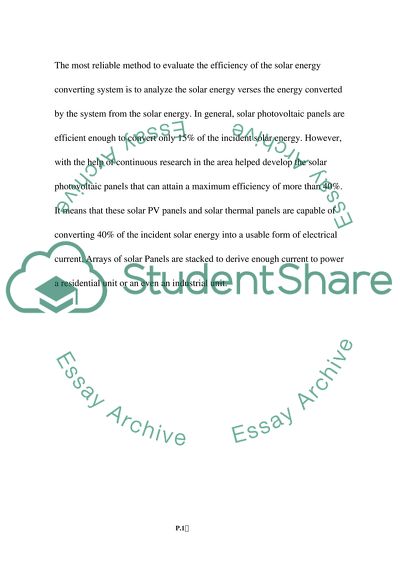Cite this document
(Solar Energy: Advantages and Disadvantages of the System Coursework Example | Topics and Well Written Essays - 2250 words, n.d.)
Solar Energy: Advantages and Disadvantages of the System Coursework Example | Topics and Well Written Essays - 2250 words. https://studentshare.org/engineering-and-construction/1868566-solar-energy
Solar Energy: Advantages and Disadvantages of the System Coursework Example | Topics and Well Written Essays - 2250 words. https://studentshare.org/engineering-and-construction/1868566-solar-energy
(Solar Energy: Advantages and Disadvantages of the System Coursework Example | Topics and Well Written Essays - 2250 Words)
Solar Energy: Advantages and Disadvantages of the System Coursework Example | Topics and Well Written Essays - 2250 Words. https://studentshare.org/engineering-and-construction/1868566-solar-energy.
Solar Energy: Advantages and Disadvantages of the System Coursework Example | Topics and Well Written Essays - 2250 Words. https://studentshare.org/engineering-and-construction/1868566-solar-energy.
“Solar Energy: Advantages and Disadvantages of the System Coursework Example | Topics and Well Written Essays - 2250 Words”. https://studentshare.org/engineering-and-construction/1868566-solar-energy.


